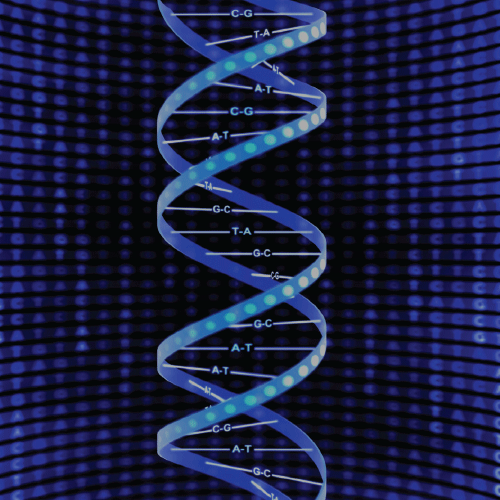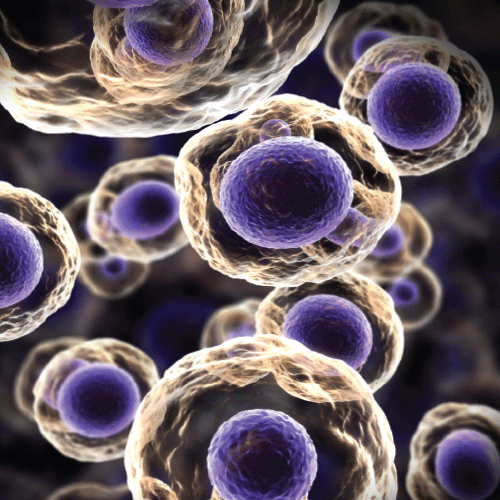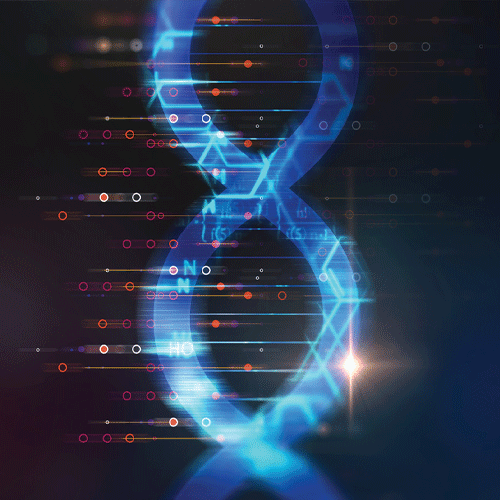What is DNA Sequencing?
In 1977, Fred Sanger and Alan Coulson published a method to rapidly determine the specific order of the adenine, thymine, cytosine and guanine nucleotides in any DNA sequence. This technology ultimately transformed biology by providing a tool for deciphering complete genes and later entire genomes. Improvements in process parallelization (running hundreds or thousands of samples simultaneously), automation and analysis led to the establishment of factory-like enterprises, called sequencing centers. These facilities spearheaded the effort to sequence the genomes of many organisms, including humans.
 Today, the need for even greater sequencing capability at a more economical price has led to the development of new technologies based on different chemistries and refined for accuracy and speed. These “second generation” approaches reduce the necessary volume of reagents while dramatically increasing the number of simultaneous sequencing reactions in a single experiment. They are capable of producing nearly 150 times more sequence than the first-generation systems, at 1/150th the cost. For example, the cost of sequencing all three billion letters in the human genome has dropped from $15,000,000 to something that is approaching $1,000.
Today, the need for even greater sequencing capability at a more economical price has led to the development of new technologies based on different chemistries and refined for accuracy and speed. These “second generation” approaches reduce the necessary volume of reagents while dramatically increasing the number of simultaneous sequencing reactions in a single experiment. They are capable of producing nearly 150 times more sequence than the first-generation systems, at 1/150th the cost. For example, the cost of sequencing all three billion letters in the human genome has dropped from $15,000,000 to something that is approaching $1,000.
The ability to quickly and economically decipher large swaths of DNA has opened doors to research previously deemed out of reach. Many of the discoveries outlined in this guide are in part due to this new technology.
The first so-called “third generation” sequencing system debuted in 2009, producing an entire human sequence. Based on the analysis of a single molecule of DNA, a major technological improvement, it is believed that these systems will become widespread within the next two to three years, further decreasing sequencing costs.
The HudsonAlpha-developed, high school lab activity Genes & ConSEQUENCES® connects information produced by a type of DNA sequencing system to genes, mutations and human disease. The activity incorporates biological databases used by genetic researchers on a daily basis and links changes in DNA sequence to common genetic disorders (see the “Bioinformatics” article for more details). The kit is available for purchase through a partnership with Carolina Biological Supply. For more information, and to find out how to purchase this kit, click here.


